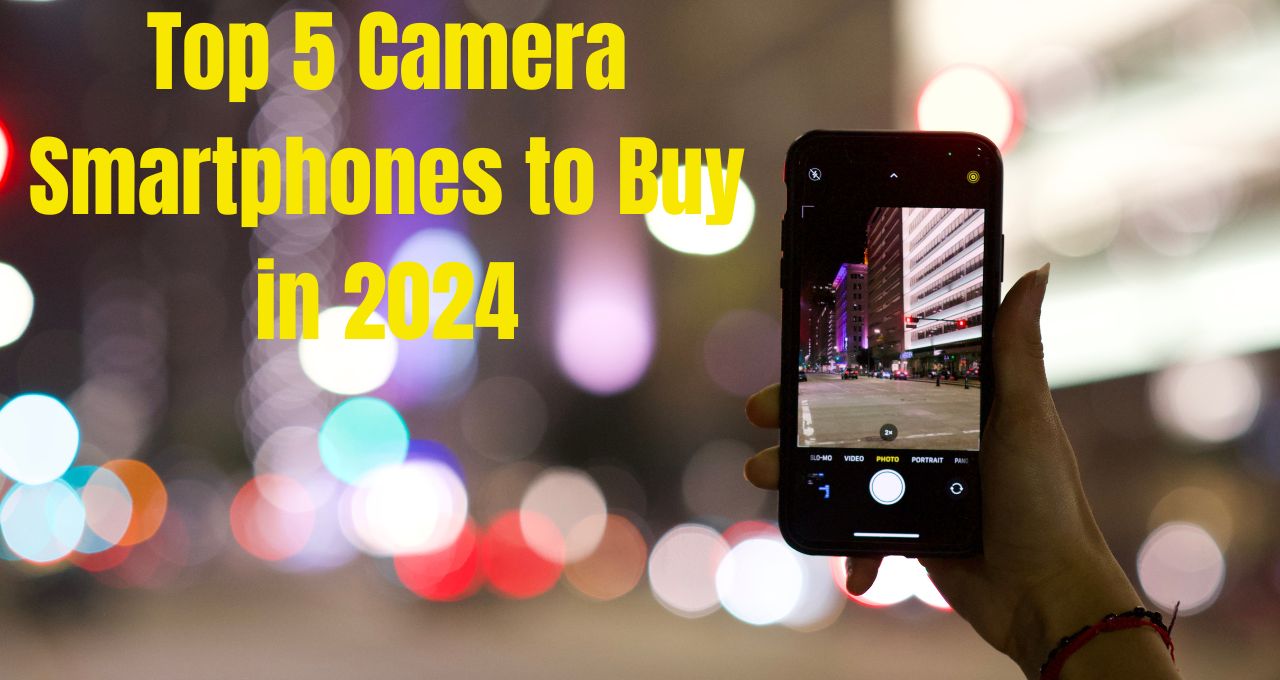The smartphone revolutionized how we capture memories. Gone are the days of bulky cameras; today, our pockets hold powerful tools capable of producing professional-grade photos and videos. But with so many options on the market, choosing the perfect camera phone can be overwhelming.
This guide narrows it down to the top 5 camera smartphones of 2024, delving into their technical details and highlighting their strengths to help you find the ideal companion for your photographic adventures.
1. Apple iPhone 15 Pro Max: The King of Computational Photography.
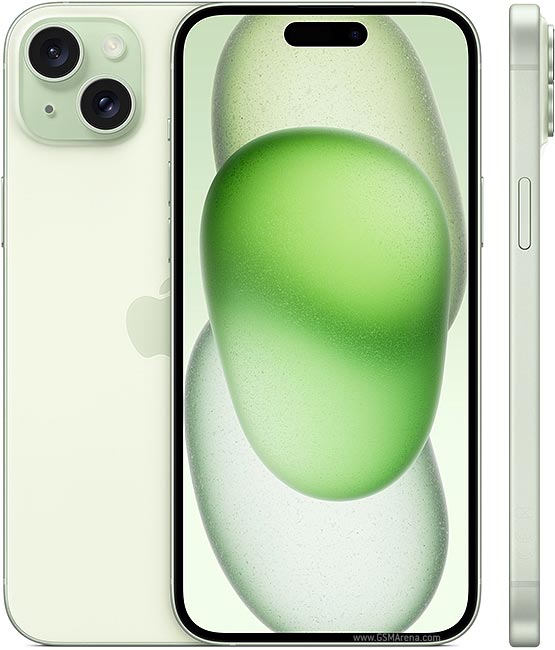
The iPhone 15 Pro Max remains a top contender, renowned for its exceptional camera system and Apple’s industry-leading computational photography.
-
Camera Specs:
- Triple-lens system:
- Main lens: 48MP, wide-angle with sensor-shift stabilization (OIS)
- Telephoto lens: 12MP, 3x optical zoom
- Ultrawide lens: 12MP, 120-degree field of view
- LiDAR scanner for improved depth sensing in portrait mode and AR applications
- Aperture range: f/1.5 (main), f/2.8 (telephoto), f/2.4 (ultrawide)
- Triple-lens system:
-
Strengths:
- Large main sensor with sensor-shift OIS for exceptional low-light performance and sharper images.
- Apple’s computational photography magic delivers incredible detail, vibrant colors, and stunning Portrait mode effects.
- LiDAR scanner enables advanced depth mapping for realistic bokeh effects and improved AR experiences.
- Seamless integration within the Apple ecosystem for effortless photo management and sharing.
2. Samsung Galaxy S24 Ultra: The Zoom Master.
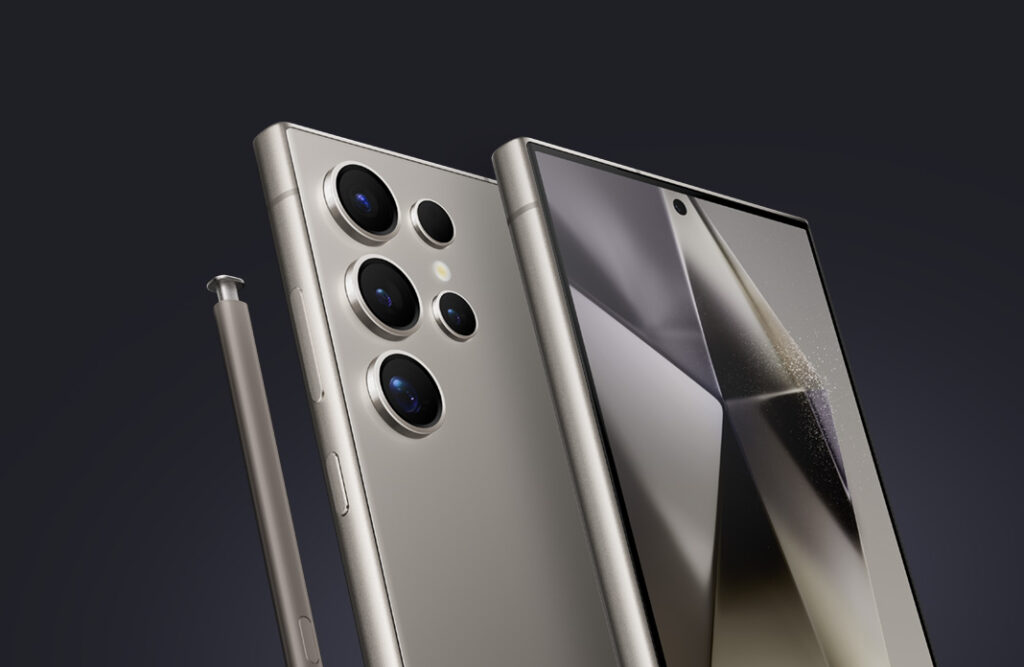
Samsung pushes boundaries with the Galaxy S24 Ultra, boasting a camera system ideal for capturing distant details and creating stunning content.
-
Camera Specs:
- Quad-lens system:
- Main lens: 108MP, wide-angle with OIS
- Telephoto lens 1: 10MP, 3x optical zoom with OIS
- Telephoto lens 2: 10MP, 10x optical zoom with OIS
- Ultrawide lens: 12MP, 120-degree field of view
- Laser autofocus for faster and more accurate focusing
- Quad-lens system:
-
Strengths:
- Unmatched zoom capabilities with two dedicated telephoto lenses offering 3x and 10x optical zoom for capturing faraway subjects with clarity.
- High-resolution main sensor captures incredible detail, especially in well-lit conditions.
- Excellent video recording capabilities with features like 8K resolution and cinematic video recording mode.
- Bright and vivid display allows you to review and edit your photos in stunning detail.
3. Google Pixel 8 Pro: The AI-Powered Champion.
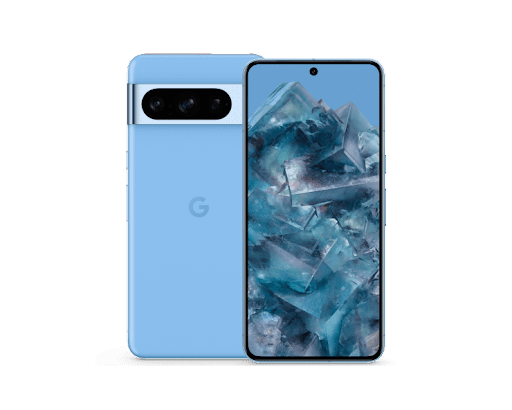
Google’s Pixel series is renowned for its exceptional camera software, and the Pixel 8 Pro is no exception. It offers a balance of hardware and software prowess for a fantastic photography experience.
-
Camera Specs:
- Triple-lens system:
- Main lens: 50MP, wide-angle with OIS
- Telephoto lens: 48MP, 4x optical zoom with OIS
- Ultrawide lens: 12MP, 120-degree field of view
- Improved front-facing camera for sharper selfies and video calls
- Triple-lens system:
-
Strengths:
- Google’s industry-leading camera software delivers exceptional image quality, even in low-light conditions.
- Features like Magic Eraser allow you to effortlessly remove unwanted objects from your photos.
- Real Tone technology ensures accurate skin tones in photos and videos for a more natural look.
- Clean and user-friendly interface makes capturing and editing photos a breeze.
4. Huawei Mate P60 Pro+: The AI and Low-Light Specialist.
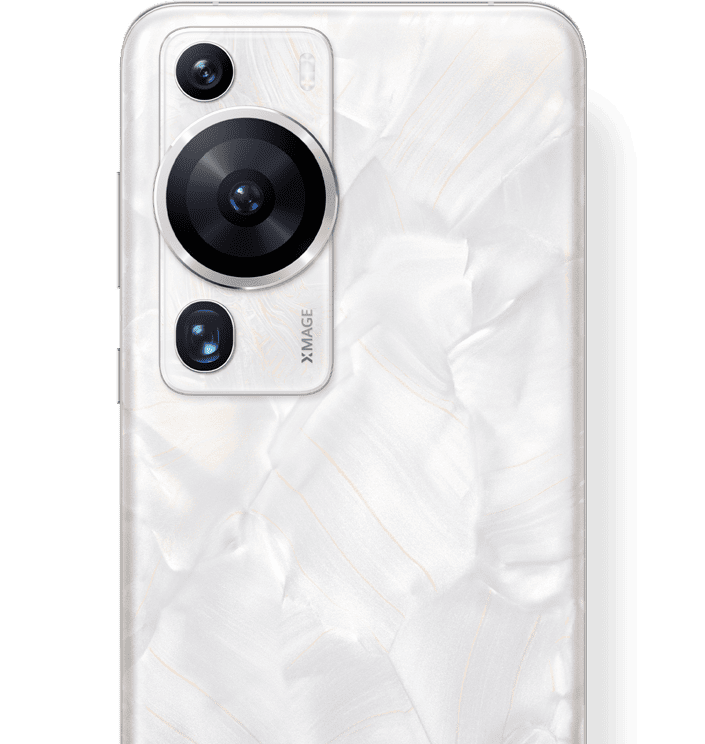
Huawei remains a strong competitor with the Mate P60 Pro+, featuring a unique combination of hardware and AI-powered software that excels in low-light photography.
-
Camera Specs:
- Quad-lens system:
- Main lens: 50MP, wide-angle with OIS
- Cine lens: 40MP, free-form lens for unique bokeh effects
- Telephoto lens: 64MP, 3.5x optical zoom with OIS
- Ultrawide lens: 8MP, 120-degree field of view
- Quad-lens system:
-
Strengths:
- Huawei’s advanced AI processing delivers exceptional detail and clarity, particularly in challenging lighting conditions.
- The unique Cine lens allows for creative bokeh effects and professional-looking video recording.
- Powerful battery ensures you can capture all day without running out of power.
- Sleek and sophisticated design with a comfortable grip.
Caveats: Keep in mind that Huawei devices may have limitations on certain Google apps due to ongoing trade restrictions. If you heavily rely on Google services, this might be a consideration.
5. Google Pixel 7a (Best Value).
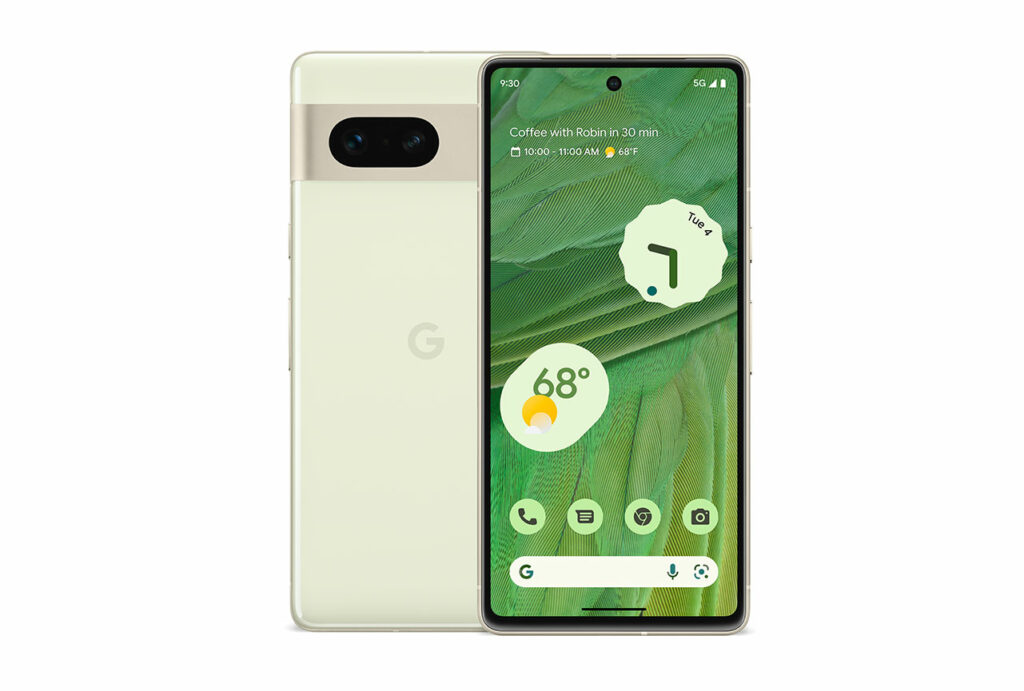
If you’re looking for a fantastic camera experience without breaking the bank, the Google Pixel 7a is an excellent choice. It inherits many of the same functionalities as the Pixel 8 Pro at a more affordable price point.
-
Camera Specs:
- Dual-lens system:
- Main lens: 50MP, wide-angle with OIS
- Ultrawide lens: 12MP, 120-degree field of view
- Dual-lens system:
-
Strengths:
- Delivers sharp images and videos with Google’s exceptional camera software.
- Features like Magic Eraser and Real Tone ensure a user-friendly editing experience with natural-looking results.
- More affordable option compared to flagship phones, making it a great value proposition.
- Clean Android experience with timely updates.
Choosing Your Perfect Camera Phone:
Now that you’ve explored the top contenders, it’s time to consider which phone best suits your needs. Here’s a quick recap:
- For exceptional low-light performance and computational photography magic: iPhone 15 Pro Max or Google Pixel 8 Pro.
- For unmatched zoom capabilities and content creation: Samsung Galaxy S24 Ultra.
- For AI-powered features and a clean user interface: Google Pixel 8 Pro or Pixel 7a.
- For low-light prowess and unique bokeh effects (consider app limitations): Huawei Mate P60 Pro+.
- For a fantastic camera experience on a budget: Google Pixel 7a.
